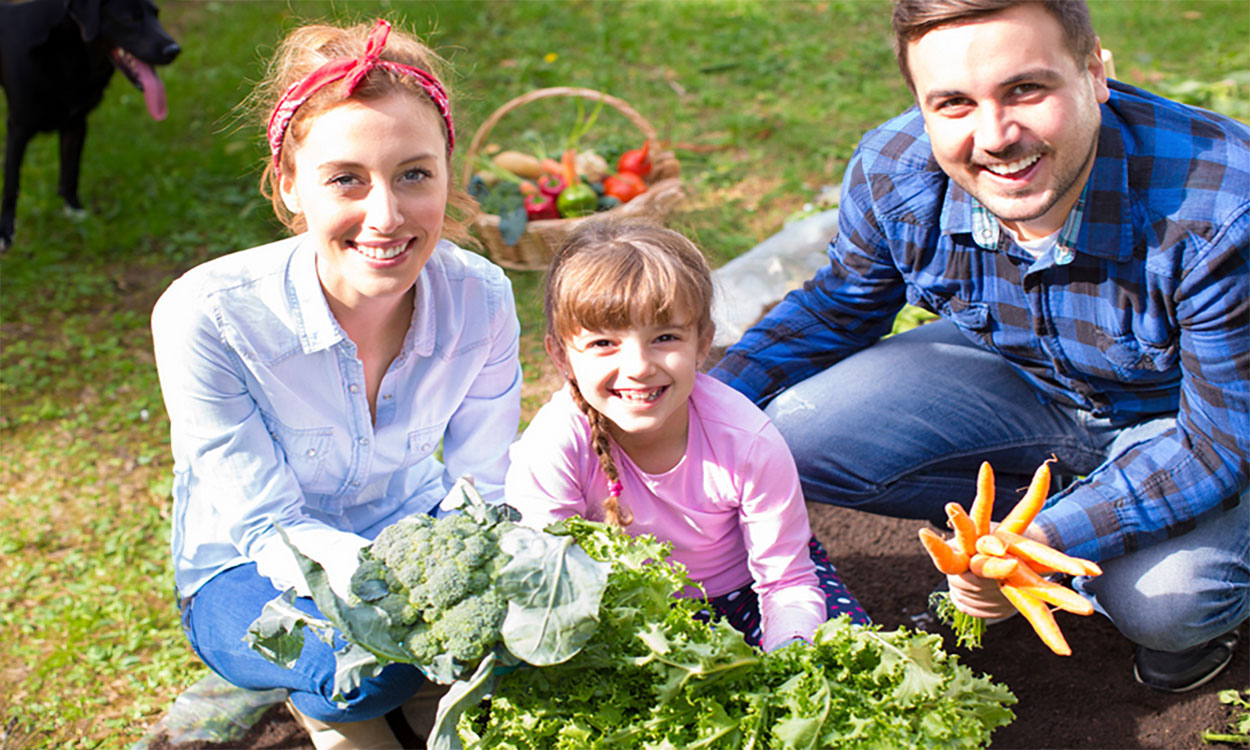Originally written by Kimberly Cripps , former SDSU Extension Family & Community Health Field Specialist, with contributions by Megan Erickson, former SDSU Extension Nutrition Field Specialist, and Hope Kleine, former SDSU Extension Health Education Field Specialist.
Pick it!
- Baby carrots are slightly shorter carrots that have been peeled, trimmed, and packaged.
- Select carrots with dark orange color for more betta-carotene.
- Carrots can also be white, yellow, red and purple.
- Avoid huge overgrown carrots, as centers can be woody.
- Keep fresh for several weeks in the crisper drawer of the refrigerator in pierced plastic bags with green tops trimmed.
- Scrub all soil from carrots before eating or cooking if desired, peel.
Try it!
- Carrots match well with almost any vegetable.
- Raw carrots good for snacking and adding to salads.
- Cook by steaming or microwaving and add to soups, stews or roast, grill, or stir fry.
- Carrots can be shredded and baked into cakes and breads.
- Green carrot tops can be added to soups and stews but store separately just a few days.
Like it! Braised Carrots with Fresh Herbs
Ingredients
- 1 lb. baby carrots or carrot sticks
- 1 cup beef broth
- 1 teaspoon honey
- 1 Tablespoon margarine
- 2 Tablespoons fresh parsley, chopped or 1 Tablespoon dried
Directions
- Rinse, scrub and peel carrots.
- Leave baby whole or cut larger carrots into sticks that are 2-3 inches long and then cut into halves or quarters so that all pieces are about the same size.
- In a medium saucepan, bring beef broth to a boil, add carrots, honey, butter and parsley. Cover and simmer for 4-5 minutes.
- Remove carrots from the liquid to a warm plate.
- Continue simmering the broth for 15-20 minutes longer until it becomes a thickened liquid glaze.
- Return carrots to pan and cover them with the glaze.
Yield: 4 servings
Nutrition Facts per Serving: Calories 90; Fat 3.5g; Cholesterol 0mg; Sodium 125mg; Carbohydrates 13g; Fiber 3g; Sugar7g; Protein 2g
Program Materials
Colorful fact sheets, recipe cards and educational videos provide educators and families with fun, engaging tools to enhance any dietary curriculum in a variety of settings.
Quick resources are available in the fact sheets below. Download the zipped folder to use the lesson plan, sampling instructions, recipes and display materials in your educational program.


